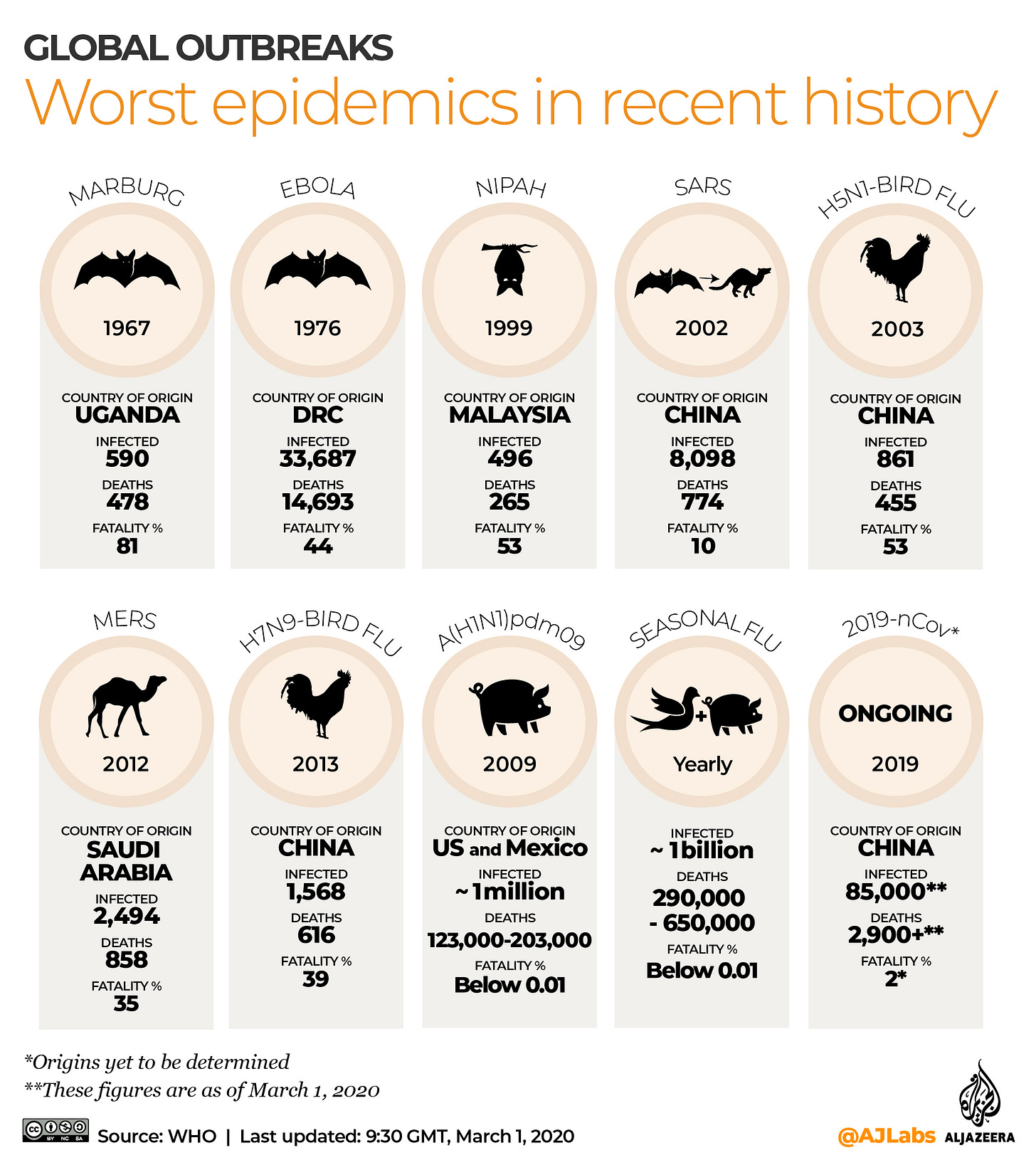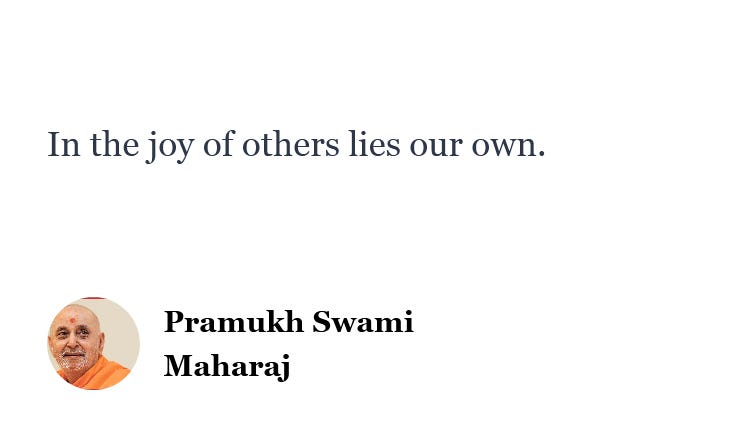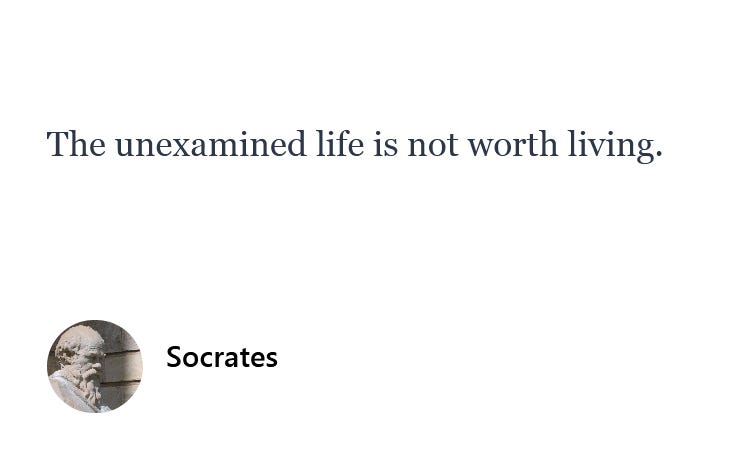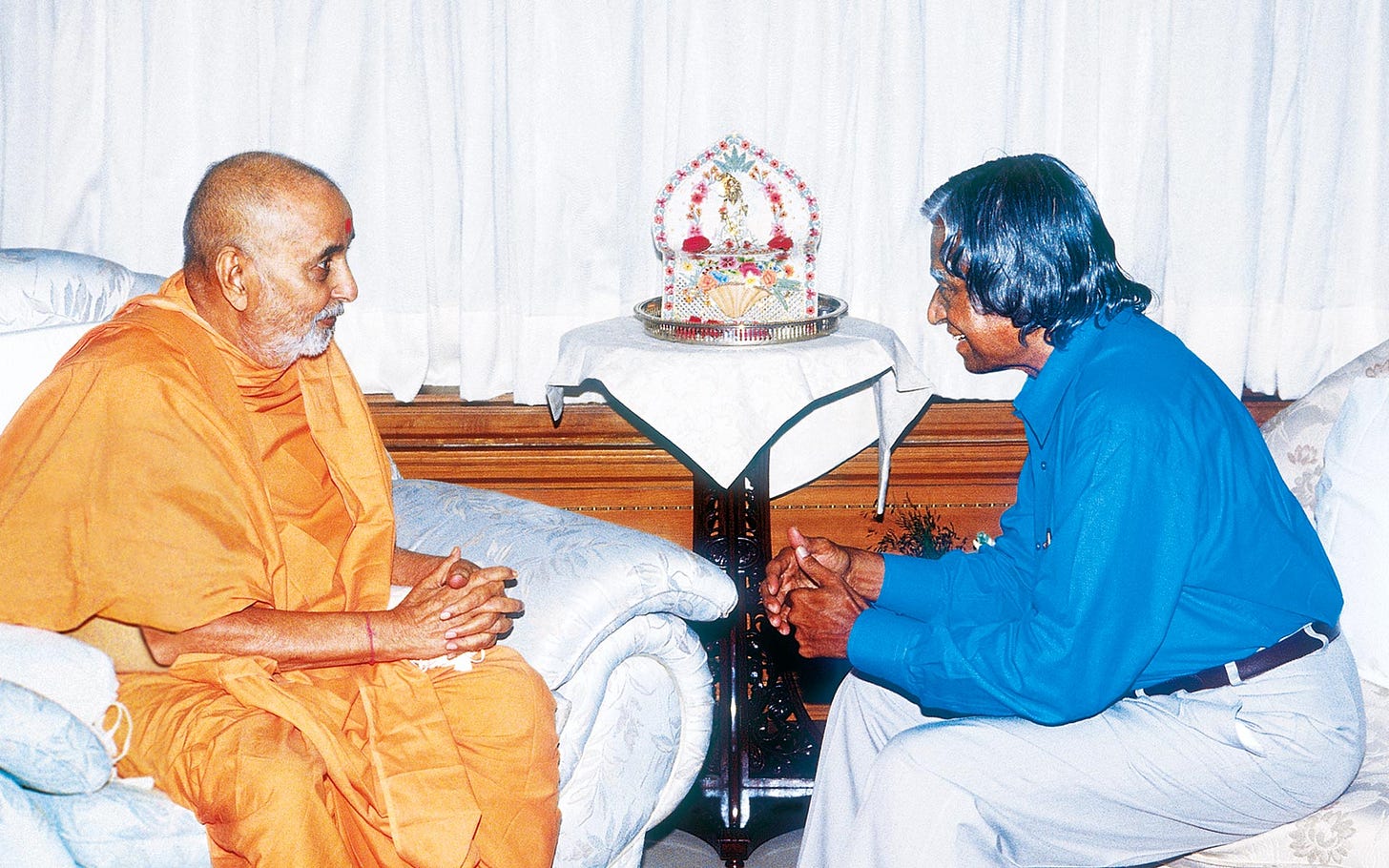Life can take us the highest peaks of life and bring us down in a moment. The following is a true story seldom heard off in the Western world of a prince that saw both and how it defined his legacy that teaches us how to manage change.
It was the night before his coronation as the king of the land, a moment of jubilation for everyone.
The king, the ministers, and even the citizens of the land were impressed with Prince Rāma. He had been the perfect prince.
Patient and noble, generous and kind, fair and just. He traveled far and helped the kingdom prosper. He defended the weak when enemies tried to attack the further borders of the kingdom. He maintained diplomatic ties with neighboring rulers and strengthened peace and prosperity across the land.
He was also the oldest of the king’s sons. When the king decided to step down from his responsibilities, it came as a surprise to no one that the perfect Prince Rāma to become the heir-apparent.
Everyone except the handmaiden to the Queen.
The handmaiden to the Queen was a superstitious lady, nosy and bothersome. She had the habit of finding faults in even the best of situations, and in the best of people. Scheming was in her nature, even when it had nothing to do with her.
The Queen was excited about the coronation of her step-son the following morning. Despite being a step-son, they had bonded like mother and son. She saw him as her own son.
“But what of your son, my lady?” said the handmaiden as she helped the Queen prepare to attend the dinner that evening in the royal court.
“What do you mean?” said the Queen.
“If Prince Rāma becomes the King, your own son will live in his shadow. He will be subservient. And who knows? Perhaps the good prince may cease to be so good with the newfound power,” said the haggard handmaiden.
“Do not be so insolent when you speak of your Prince and your future King,” said the Queen firmly.
“Sorry my lady! I am just an old woman who knows nothing and just rambles. Of course. Don’t mind me,” and with that, she went about her business and left the Queen.
But the seed of doubt was planted.
Better men than him have gone mad with power. What if he hurts my own son? What can I do to prevent this?
The queen could barely eat dinner. After the dinner with the court, she went to the King and started talking.
“Oh King! You are my husband, and today I want to ask you of a favour the night before you step down. Do not deny me this wish.”
“Anything! Ask! I have never denied anything you have asked and today is a happy day for tomorrow my Rāma will take my place!”
The Queen was silent was a while, and the King looked at her expectantly.
“Say it! I will not deny you. I swear by my honor as a king and your husband.”
“Then hear me oh great King! If your vow to me right now is true, I wish that my own son be crowned the king and that Prince Rāma be exiled into the forest.”
Silence.
It was an age with the word of the King was bound by honor. If a great man made a vow, upon his life he had to fulfill it no matter what.
“Ask anything else but this! What has come over you? This is the first I have heard talks of such madness!”
But the Queen was firm. She did not relent no matter how much the King tried to console her. No matter how much the King tried to show her reason.
He is the right person for this.
He will treat you well. He sees your son as his very brother.
Rāma has never hurt anyone unjustly.
No, no, no.
The Queen remained firm and the King was left without words. He fell to the floor and became like a ghost, unable to tell his son what he was honor-bound to fulfill.
Morning came and the kingdom did not know what was to come.
But the old handmaiden of the Queen had heard everything. And soon, the message went out.
In corners of the palace, and then the kingdom, the citizens were aghast! They thought it was a rumor.
Until Prince Rāma woke and received the message.
On the morning of his coronation, he received a message that changed his destiny. So close to the culmination of his power, he remained stable. Neither upset nor elated, he had taken his impending coronation with the same equanimity with which he took this message of his exile.
He went to meet his father the King and his step-mother the Queen to confirm the news. His silent father could barely speak, but the news were confirmed.
He immediately went to his quarters, removed all the finery he wore, and prepared to leave the Kingdom. His very home.
Before he left, he went to seek the blessings from his father and his step-mother as well. He remained unaffected by the dualities of honor and shame. When the fruit of his life was snatched before his very eyes, he dealt with the tides of fate with calm, with joy and happiness.

I have been thinking a lot about Prince Rāma this past week.
When he faced such an extreme event (and many many many others) over his lifespan, he showed that it is possible to live a life of equanimity.
I’d like to make the case that it is this peace of mind that should be the very goal of our lives!
Perhaps your life has been turned around overnight. But like Rāma, we too can learn to have peace of mind.
I’ve been reading this book The Elephant in the Brain that makes a convincing case that close to 90% of the things we do in our life are to signal to others, improve our social status, and receive attention for it.
The schools we attend: we go for the most prestigious schools so that we can signal to others about our intelligence.
Our professions are often a way to showcase either how smart and capable we are based on the companies we build or the job titles we hold.
Even the charity we work we do is often fused with the thought of the recognition and social status we receive from it.
Our homes, cars, and many other parts of our life are often done to signal to others that we are smart, good-looking, successful, and capable people.
Rāma had all these things going for him already. But it was ultimately his ability to have peace of mind that makes hundreds of millions of people remember him, even centuries after he is no more.
It was his peace of mind, his ability to stay calm under the extreme dualities of life that makes us remember him.
It was his character that mattered more. It helped him then, and it makes us remember him now.
And this is the case with life.
We chase all external signals of success, status, and affiliation. Countless more people have done that already.
Status, success, affiliation goes up and down. Sometimes you win, and sometimes you lose. But is only peace of mind that can keep you still. Peace of mind can give you more than any status, success or failure can give you.
Unless you make a deliberate attempt at making peace of mind the ultimate goal of life, it will not happen. Until we make signals of status the main goals of life, we cannot find fulfillment and meaning.
Studying the life of great people like Prince Rāma can be more instructive on how to live life and achieve something meaningful in life.
I hope that you too will make attaining peace of mind your ultimate goal in life.
If you are interested in reading the story of Prince Rāma, popularly known as The Rāmāyana, I can recommend 2 versions:
Both are non-affiliate Amazon links.
It’s one of the greatest epics of the ancient world and I highly recommend it.
I hope you are doing well through these times and the story of Prince Rāma above will give you pause and give you something to think about as you start this coming week.
Please share this with others who might appreciate the message here and join our tribe.











